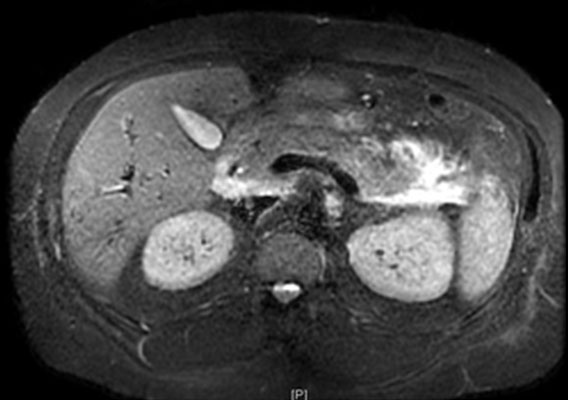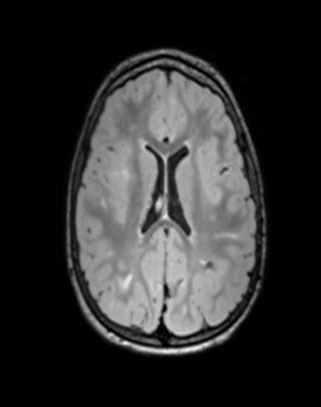 |
Case Report
Polymyxin B hemoperfusion therapy and extracorporeal CO2 removal in a patient with COVID-19: A case report
1 Physician Anesthesiology, Critical Care and Intensive Care Unit, D. Cotugno Hospital, Naples, Italy
2 Hospital Health Direction, Infectious Disease Unit, A. Cardarelli Hospital, Naples, Italy
3 CPSI Anesthesiology, Critical Care and Intensive Care Unit, D. Cotugno Hospital, Naples, Italy
4 Anesthesiology, Director Critical Care and Intensive Care Unit, D. Cotugno Hospital, Naples, Italy
Address correspondence to:
Monastra Luca
San Sebastiano al Vesuvio, Via Cianciulli 31, 80040 NA,
Italy
Message to Corresponding Author
Article ID: 100093Z06ML2021
Access full text article on other devices

Access PDF of article on other devices

How to cite this article
Luca M, Alessandro P, Raffaele G, Fiorentino F. Polymyxin B hemoperfusion therapy and extracorporeal CO2 removal in a patient with COVID-19: A case report. Case Rep Int 2021;10:100093Z06ML2021.ABSTRACT
Introduction: In December 2019, an outbreak of pneumonia caused by a novel coronavirus, severe acute respiratory syndrome coronavirus 2 (SARS-CoV-2) quickly spread and the corona virus disease 2019 (COVID-19) became a pandemic. We report on a 54-year-old patient with SARS-CoV-2 infection suffering from septic shock due to nosocomial infection and pulmonary derangement caused by SARS-CoV-2. The patient was treated with polymyxin B hemoperfusion (PMX-HP), a blood purification therapy against septic shock, followed by continuous low flow extracorporeal CO2 removal therapy.
Case Report: A 54-year-old man was hospitalized for coronavirus disease 2019 (COVID-19). Chest computed tomography (CCT) showed extensive non-segmental ground glass opacity. Despite the initiation of standard therapy, respiratory failure progressed. After two days of polymyxin B hemoperfusion therapy (PMX-HP) with adjunctive corticosteroid for multi-resistant Gram-negative infection (Acinetobacter) the patient’s condition improved. In rapidly progressive COVID-19 cases with secondary infection, the early use of PMX-HP may avoid the need for mechanical ventilation by suppressing local inflammation of the lung.
Conclusion: The concern of life-threatening bacterial infections in critically ill COVID-19 patients due to antibiotics resistance is high. Secondary bacterial infections may develop during or following COVID-19 infection. The use of PMX-HP in septic shock patients has resulted in decreased dependency on ventilators, which is a serious issue during this COVID-19 pandemic. Combined and less invasive approaches might be considered in COVID-19 patients with multiple organ failure (MOF).
Keywords: Acute respiratory distress syndrome, Coronavirus disease 19, Extracorporeal CO2 removal, Hemoperfusion, Polymyxin B, Septic shock, Severe acute respiratory syndrome coronavirus 2
SUPPORTING INFORMATION
Author Contributions
Monastra Luca - Substantial contributions to conception and design, Drafting the article, Final approval of the version to be published
Perrella Alessandro - Drafting the article, Revising it critically for important intellectual content, Final approval of the version to be published
Garzia Raffaele - Acquisition of data, Analysis of data, Interpretation of data, Drafting the article, Final approval of the version to be published
Fraganza Fiorentino - Substantial contributions to conception and design, Revising it critically for important intellectual content, Final approval of the version to be published
Guaranter of SubmissionThe corresponding author is the guarantor of submission.
Source of SupportNone
Consent StatementWritten informed consent was obtained from the patient for publication of this article.
Data AvailabilityAll relevant data are within the paper and its Supporting Information files.
Conflict of InterestAuthors declare no conflict of interest.
Copyright© 2021 Monastra Luca et al. This article is distributed under the terms of Creative Commons Attribution License which permits unrestricted use, distribution and reproduction in any medium provided the original author(s) and original publisher are properly credited. Please see the copyright policy on the journal website for more information.





